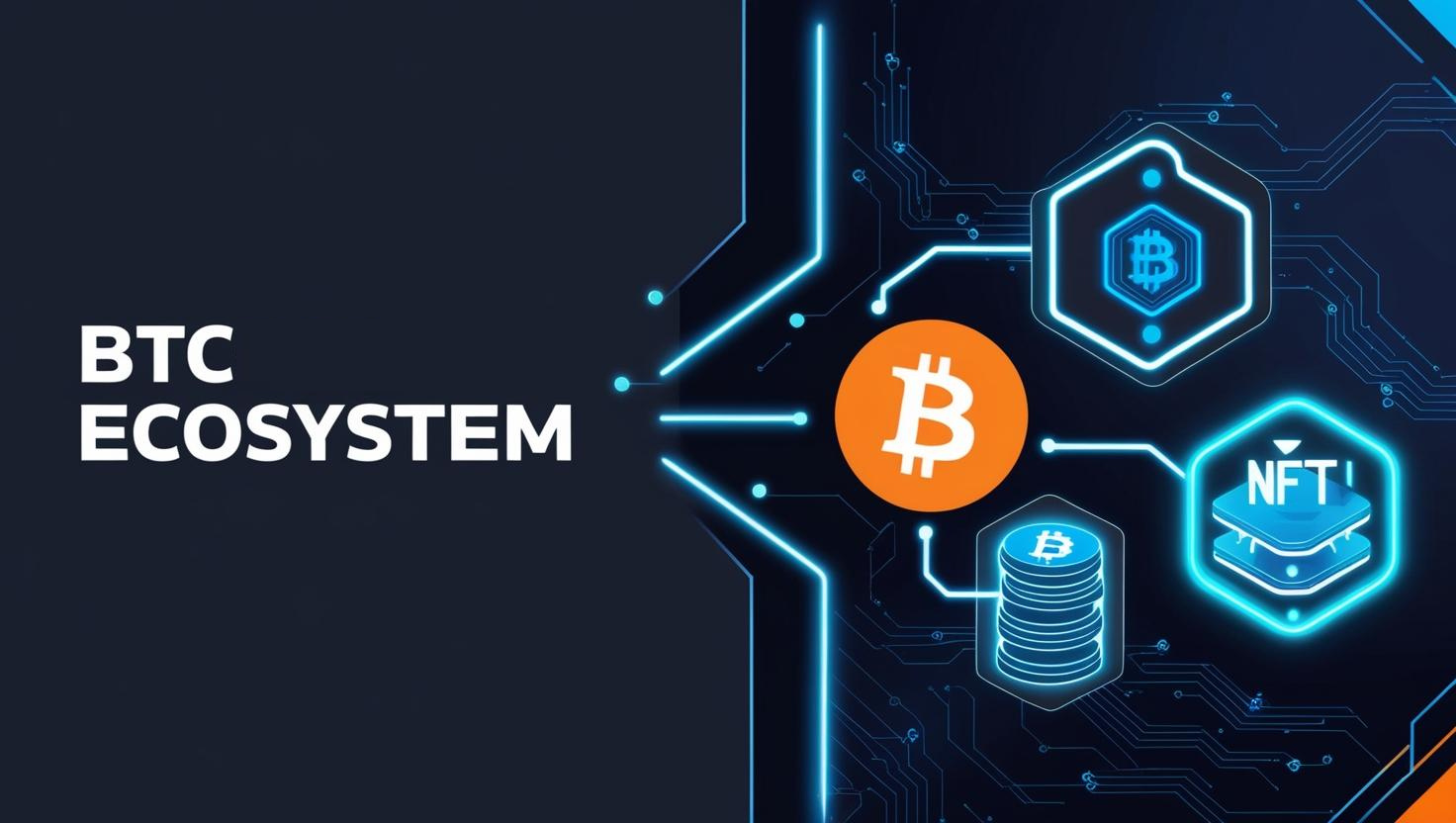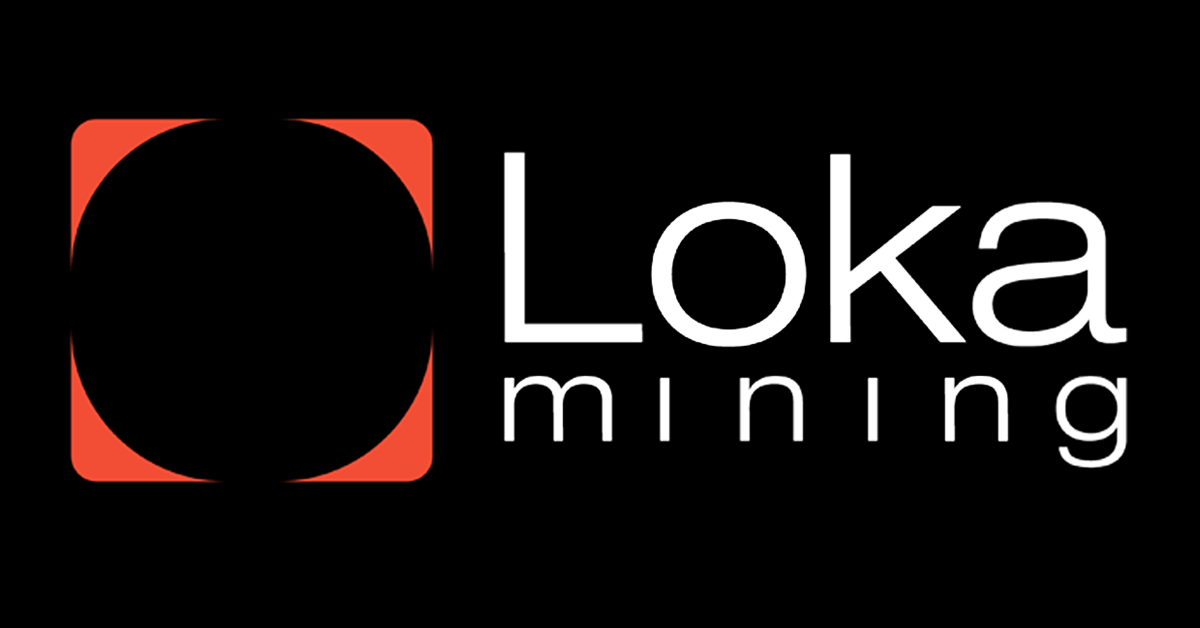Unlocking New Potential: Cross-Community Products in the Bitcoin Ecosystem

Bitcoin (BTC)—long regarded as the pioneer of cryptocurrency and dubbed "digital gold"—has traditionally been seen as an asset to hold rather than actively use. But beneath its seemingly simple design, the Bitcoin ecosystem is quietly evolving. The emergence of cross-community products is proof that Bitcoin isn’t just keeping up—it’s paving its own path of innovation and utility.
One standout example is Liquidium, a platform that’s injecting new life into Bitcoin DeFi (Decentralized Finance). So what exactly are cross-community products, and how are they reshaping the future of BTC? Let’s take a closer look.
What Are Cross-Community Products?
In the Bitcoin ecosystem, cross-community products are applications or platforms that connect diverse groups within the network—ranging from everyday users and digital asset collectors to developers and investors. These products often leverage Bitcoin’s native technologies or layer-2 solutions to expand BTC’s utility, while upholding the core principles of decentralization and security.
Think of them as bridges connecting previously isolated islands. On one side, there are long-term BTC holders focused on store-of-value. On the other, communities exploring innovations like Ordinal Inscriptions, Runes, and BRC-20 tokens—unique digital assets native to the Bitcoin blockchain. Platforms like Liquidium act as the link, fostering a more dynamic and inclusive ecosystem.
Liquidium: Bitcoin Lending with a Modern Twist
One of the most exciting examples of a cross-community product is Liquidium. This platform enables users to borrow or lend Bitcoin directly using Bitcoin-based assets—such as Ordinals or Runes—as collateral.
Unlike Ethereum-based DeFi, which relies on complex smart contracts, Liquidium utilizes Bitcoin-native technologies like Partially Signed Bitcoin Transactions (PSBTs) and Discreet Log Contracts (DLCs). The result is a secure, decentralized lending process that eliminates the need for intermediaries.
For instance, if you own an Ordinal Inscription—a kind of NFT embedded in a Bitcoin satoshi—you can use it as collateral on Liquidium to borrow BTC. You might use those funds for everyday expenses or further investment, while lenders earn interest in BTC. It’s a win-win scenario, and a major step forward for Bitcoin, which has often been seen as less flexible than its blockchain counterparts.
Other Innovations Enriching the Bitcoin Ecosystem
Liquidium is not alone in expanding what’s possible on Bitcoin. Several other cross-community products are helping diversify and strengthen the ecosystem:
- Liquid Network: A Bitcoin sidechain developed by Blockstream that offers faster, more private transactions and supports the issuance of digital assets like stablecoins—connecting Bitcoin users to a broader financial world.
- Stacks: A smart contract layer for Bitcoin that enables developers to build decentralized applications secured by the BTC blockchain, attracting builders from the tech and startup space.
- Bitflow: A newer platform that launched an Automated Market Maker (AMM) for Runes tokens on Stacks, increasing liquidity for Bitcoin-native assets through cross-chain infrastructure like the Pontis Bridge.
These projects each connect different Bitcoin communities—from asset collectors to app developers—while keeping Bitcoin at the center.
Why It Matters
For years, Bitcoin has faced criticism for being "outdated" compared to more versatile blockchains like Ethereum or Solana, which boast robust DeFi and NFT ecosystems. But cross-community products show that Bitcoin doesn’t need to copy others to stay relevant—it can play to its own strengths in unique ways.
The introduction of Ordinals in 2023 opened up new possibilities by enabling unique digital assets to be created directly on Bitcoin’s blockchain. Coupled with upgrades like Taproot, which enhances transaction privacy and flexibility, Bitcoin is quickly becoming a canvas for innovation. Platforms like Liquidium and Stacks prove that DeFi isn’t exclusive to smart contract-heavy blockchains—Bitcoin can join the game, on its own terms.
A More Vibrant Future for Bitcoin
The rise of cross-community products signals a fundamental shift. Bitcoin is no longer just about "HODLing" or speculative trading. It’s becoming an ecosystem where users can borrow, lend, trade, and create—with BTC at the core. This also opens the door to deeper collaboration between communities: developers, artists, and everyday users working together to build something greater.
Of course, challenges remain. Scalability on Bitcoin’s Layer 1 continues to be a hurdle, and adoption of these new technologies is still in its early stages. But with more innovative projects launching and communities becoming more engaged, Bitcoin’s future looks brighter—and more vibrant—than ever.
Closing Thoughts: Bitcoin for Everyone
Cross-community products like Liquidium are proof that Bitcoin is not a static relic—it’s a living, evolving ecosystem. They invite everyone—from hardcore HODLers and NFT collectors to visionary developers and casual users—to join the movement.
So the question is: Are you ready to see Bitcoin not just as an asset, but as a platform for innovation?
Because in the hands of its community, Bitcoin’s future is just getting started.
This article presented by Loka Mining.
Loka is revolutionizing the Bitcoin mining ecosystem by directly connecting investors with Bitcoin miners through a decentralized mining pool and an upcoming permissionless forward hashrate marketplace protocol.
Loka enables investors to get Bitcoin at lower than market price without centralized & counter-party risks, and Bitcoin miners to access capital efficient financing and hedge their risk exposure by selling their future mining rewards.
Find out more about loka in https://lokamining.com — or access our mining pool aggregator on https://pool.lokamining.com





